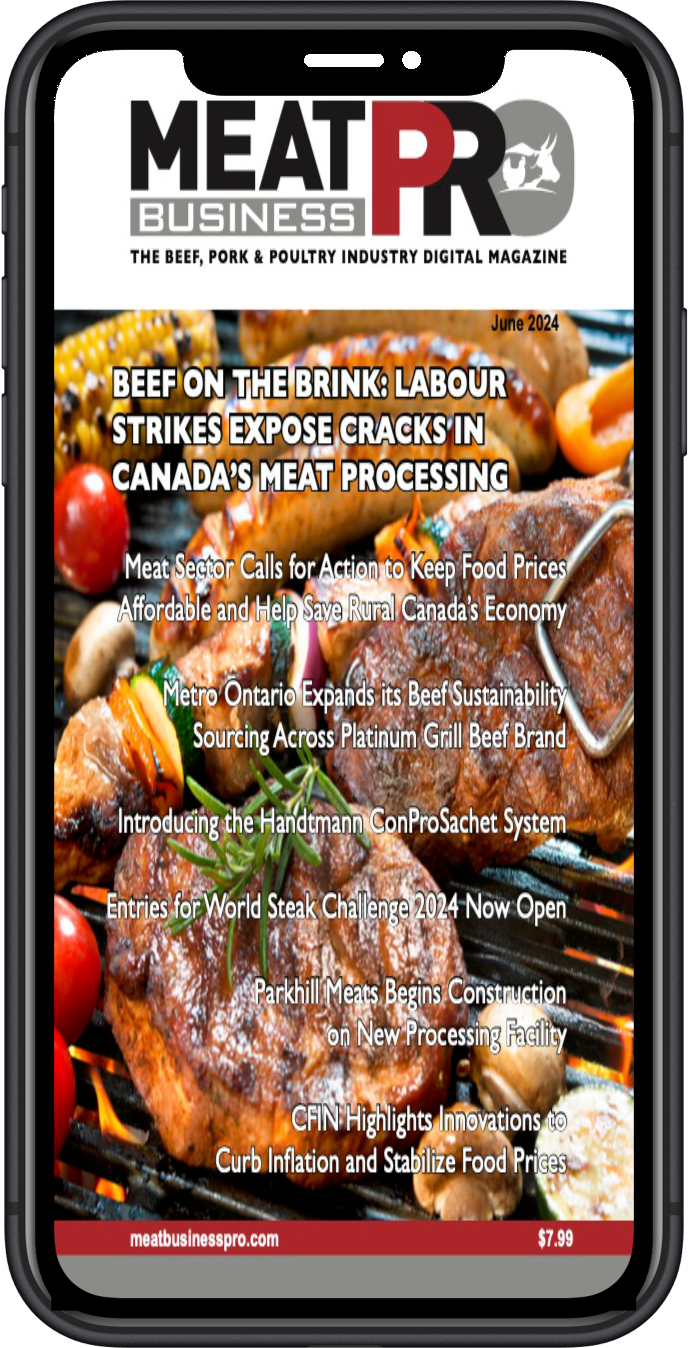Saskatchewan farmers react to proposed cutdown on fertilizer emissions

The Canadian federal government is moving forward with its plan to reduce emissions from fertilizer use in the country by 30 per cent by 2030
Brady Ratzlaff – Global News
It’s part of its overall emissions reduction plan.
Chair of the standing committee on Agriculture and Agri-foods and Liberal MP Kody Blais says this is essential work to meet their decreasing climate changeemissions.
“We need to continue to drive innovation. We are going to be their work to work with you. This is not an us (government) versus you (farmers), we have a policy in place, this is where we are trying to go in the future,” said Blais. “The work done to this point by farmers is great, but we can do more.”
“We haven’t really seen a lack of food on the shelves in Canada, but that may happen to a bigger extent if we continue down this road“
Many local farmers say this is not the time to reduce fertilizer use as Canada is already a world leader in low-emission farming techniques.
“If you take those nutrients away, we will grow less. That would be detrimental to our profit. What that means for Canadians is higher food prices, we do not need higher food prices,” said western Canadian wheat growers association director and farmer from the Mossbank, Sask. area Cherilyn Jolly-Nagel.
Jolly-Nagel says she is shocked that the government would add another hurdle to farmers on top of the carbon tax, putting farmers in a tight spot as it is.
“We have the highest quality crop techniques in the world in Canada. We need to continue that growth, not deplete our crop yield.”
“We haven’t really seen a lack of food on the shelves in Canada, but that may happen to a bigger extent if we continue down this road.”
Canadian Simmental Association Bruce Holmqvist general manager says as the world’s population continues to grow, over 7.7 billion people, many of people aren’t going to start switching their eating habits to eating bugs for protein. It doesn’t just stop at food, but the animals that consume the feed every year.
“There are many places around the world that eat other food stuffs, I don’t think in North America we are going to be switching to that mindset.”
“All livestock need feed in order to sustain and survive, cows, pigs, etc.”
A farmer thinks there needs to be more communication between the government and farmers.
“So, you are talking about cutting food production, that’s what they are doing. That goes to show how out of touch the Liberal government is out of touch with rural Canada, especially western Canada.”
“If there is less crop in the fields, there will be less food on the shelves it’s just simple math,” said Vandervalk.
A report commissioned by the Western Canadian Wheat Growers put a price tag on Trudeau’s virtue, with a 30 per cent reduction on fertilizer costings Saskatchewan $4.61 billion, Alberta $2.95 billion, and Manitoba $1.58 billion dollars, not in total just for spring crops of canola and wheat.
There are two problems for farmers in Canada. One is Trudeau’s 30 per cent emissions target as part of the government’s climate goal and the other is the tariff on imported fertilizer.
A decades-old farmers’ best practices program was imported to help guide the best practices of everyday farming from fertilizer use to not wasting any materials.
“Farmers are using the nutrients in the best possible way to both increase productivity on the farm, but also reduce emissions from the use of fertilizers, said Proud.











